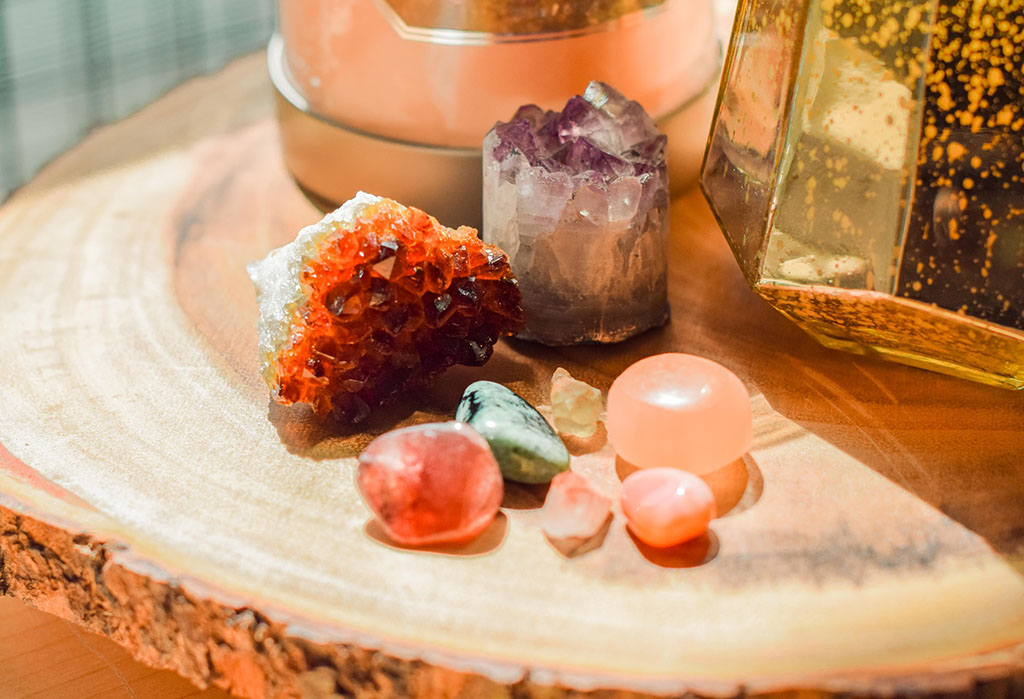
Crystals can be found anywhere on earth but with different minerals more common or rare from place to place, finding gemstones can be a locational puzzle. With our worldwide markets, you can find most crystals you want with an Australian crystal wholesaler but it’s nice to know where those gemstones are sourced, even more so if you’re interested in the cultural impact each type has had. The following is a small insight into what some of the continent’s most well-known exports are and what those global stones are like.
Australia – Opal
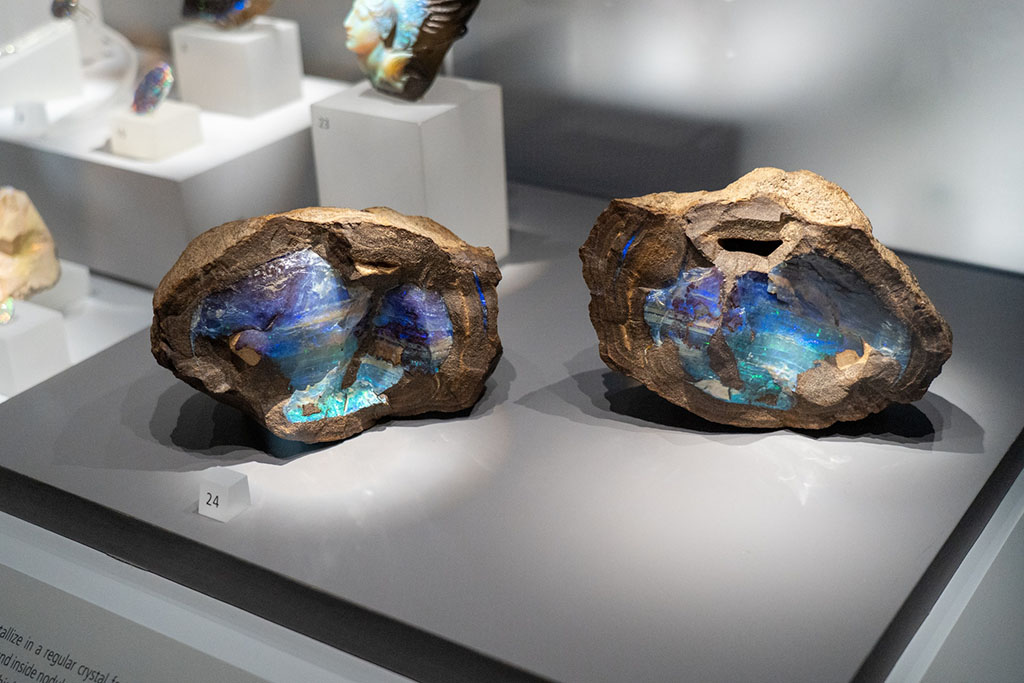
When talking about gemstones and Australia most will think of Opal, with some of the finest pieces mined in Coober Pedy in Northern Australia. The distinctive feature of the stone is the small shapes within the gem that shift between vibrant rainbow shades when turned in the light. The stone itself can vary greatly in colour, for those looking for the brightest contrast against the shifting colours, black opal is the hands-down choice, with its darker body giving a background for the light to contrast against. For a more subtle choice, there are white or crystal opals, with either a white or translucent body to them respectively which is more traditionally what comes to mind when thinking of opals.
Opals are sold in a number of forms, raw, as depicted above before the stone is processed, polished and cut but also in what’s known as doublets and triplets. These are semi-man-made stones with very thin layers of opal laminated to a black background. Obviously, these are of lower quality, but in jewellery, it can be a great way to get the desired effect on a budget, but it’s best to keep these stones away from water as they can become logged which can cause cloudiness.
Asia – Jade
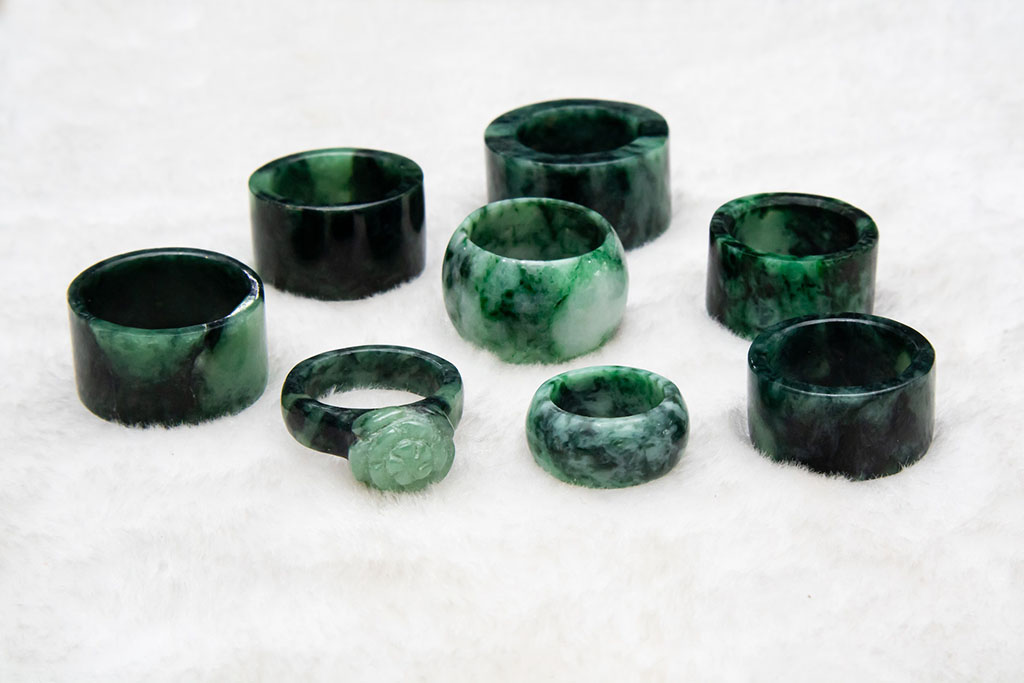
One of Asia’s most-produced gems is Jade. Jade is a cool-toned green gem that can come in a mottled variation, or the more traditional options, which are solid and opaque almost mint green. Jade is actually a cultural term and can refer to 2 different stones: nephrite and jadeite. Nephrite is the Chinese jade that’s usually referred to, but jadeite can actually be found in multiple colours though much rarer such as pink and lavender.
Jade is often used in carvings with some of the most well-known examples being large statues but it was also used for spearheads in the bronze age and smaller personal pieces like hairpins and jewellery later on. Nowadays solid Jade bangles are a popular choice though it’s a good idea to look into your sources as Jade can be faked like most stones and in some cases, it’s even easier than usual due to its opaque colour.
Europe – Amber
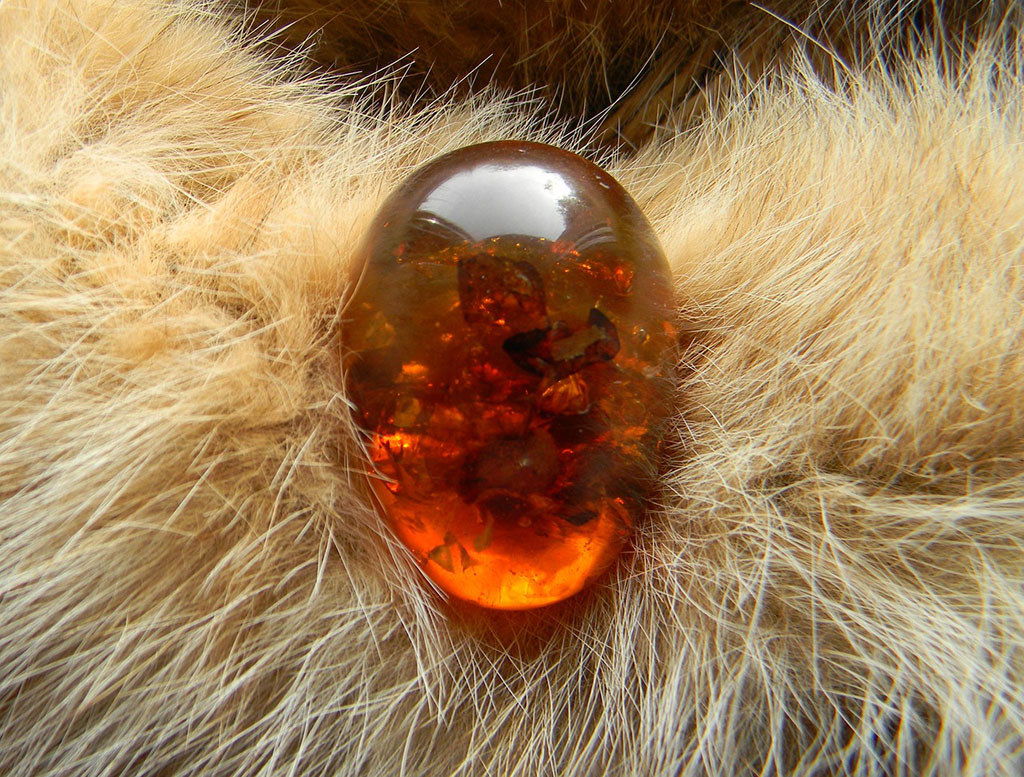
While Europe isn’t generally seen as a capital for gem exports, they are home to some of the best amber pieces which is one of the more unique stone options around. While other gems are usually minerals that have undergone intense pressure underground, Amber is actually fossilised tree resin, this is what allows for one of the more well-known amber phenomena which are perfectly preserved bugs inside of the stones, which were trapped in the sap before the stone had solidified.
For some, the small insects that can be found within are a big draw to the stone, however, it’s quite beautiful on its own. A rich yellow-to-red colour that shines beautifully in the light. Small black inclusions can make the stone look almost like lava or fire under the right conditions and give a more interesting character than similar coloured stones like Topaz and Citrine.
It’s certainly not a traditional choice so it may be best to look into smaller handmade jewellery brands if you’re interested in wearing a piece as larger retailers tend to entirely overlook amber at the moment, which is a shame but does mean wearing amber can make you stand out in a way few gems achieve.
The Americas – Turquoise
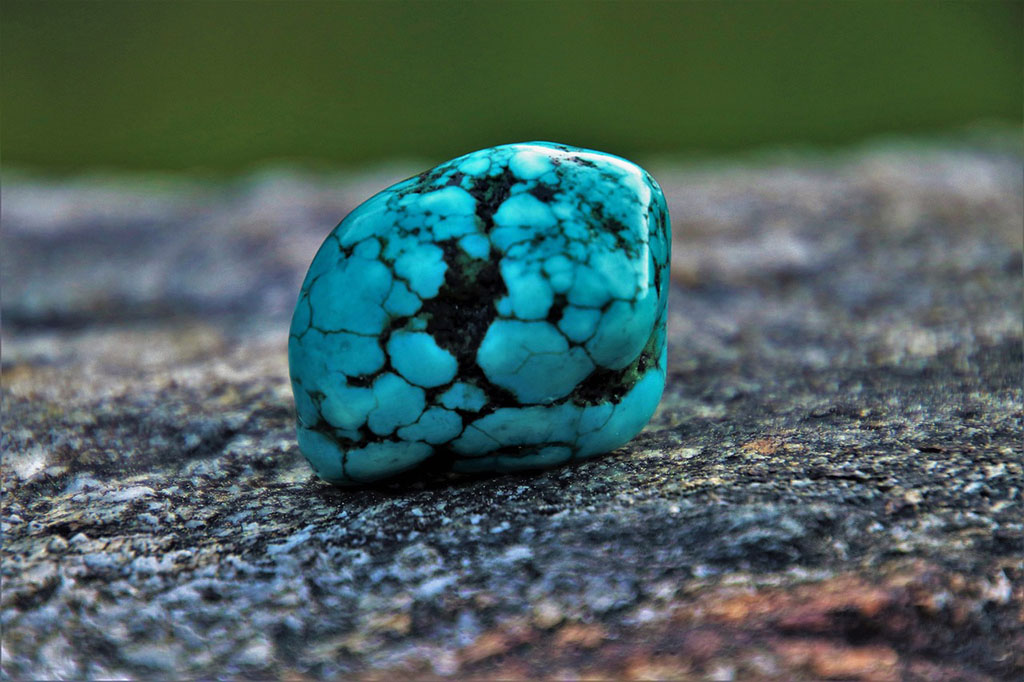
Turquoise is a fascinating stone often found in North America, specifically Arizona. More opaque than even jade, turquoise almost gives off the effect of being almost not real because of its incredibly bright colour. The distinctive veins of dark brown give a beautiful contrast to the blue of the majority of the stone and add an interesting feature to designs when mounted into intricate settings.
Turquoise can be seen in use within Native American Tribes. While obviously these tribes have varied cultures and only those who are situated near turquoise deposits have a connection with the stones, there are a few with stories involving the stone and it can sometimes be seen on the regalia for those peoples.
The Navajo and Zuni specifically make jewellery with the gems in the modern day and if you’re interested in buying a piece it might be a good idea to support these groups rather than large mining operations.
Africa – Diamond
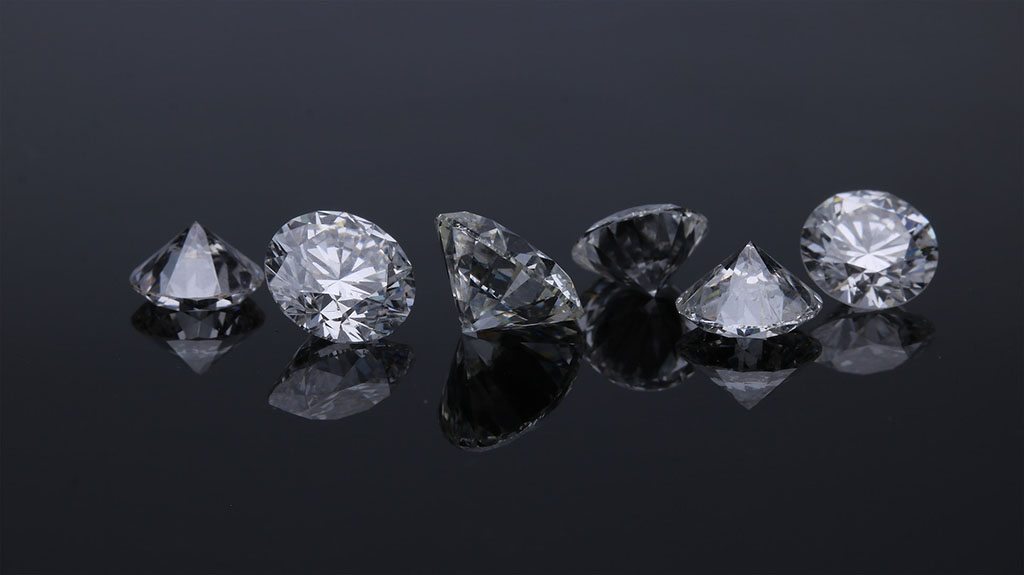
Africa has become the main source of diamonds globally. Diamonds are perhaps the most well-known of all gemstones in part because of their use in engagement rings but also for the sheer expense a diamond can cost. But the crystal clear appearance, high level of shine and sheer durability certainly make for a stand-out stone.
Africa became the place to mine them simply because of the sheer number of diamonds they are able to produce, within the first few years of mining in Africa they had produced more than India had for the 2000 years prior.
It’s well known that there are ethical issues with the current way these gems are mined and especially with how much a diamond costs it’s obvious it’s important to research where any stone you are looking into buying is from, this is true for all stones, but it’s particularly something to look out for with Diamonds.
Leave a Reply